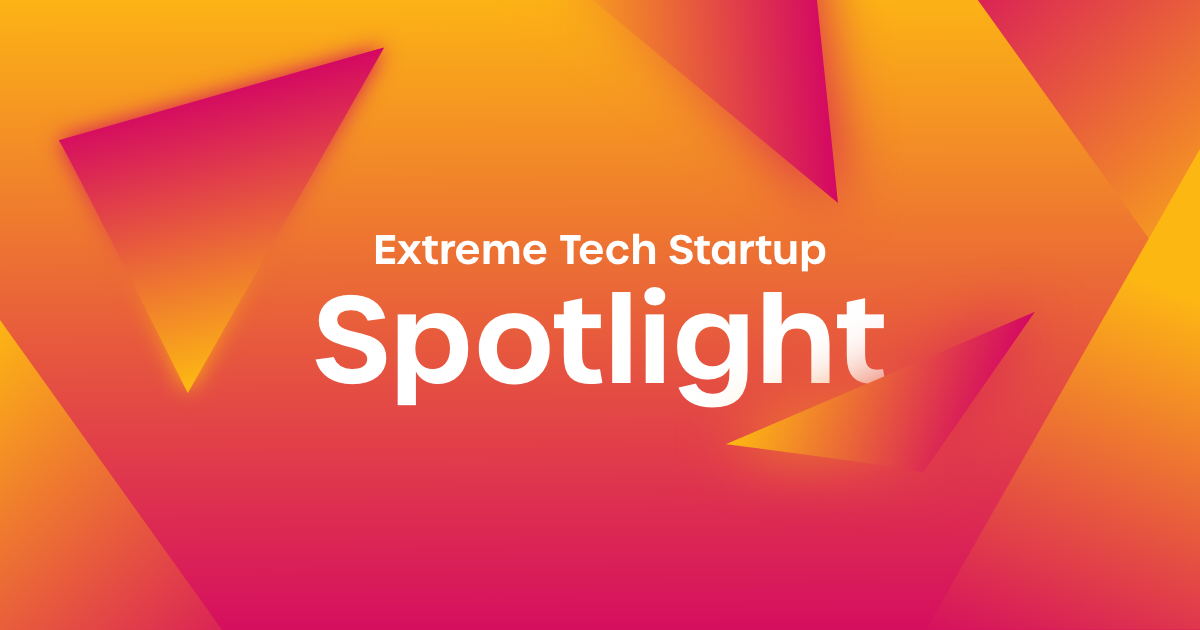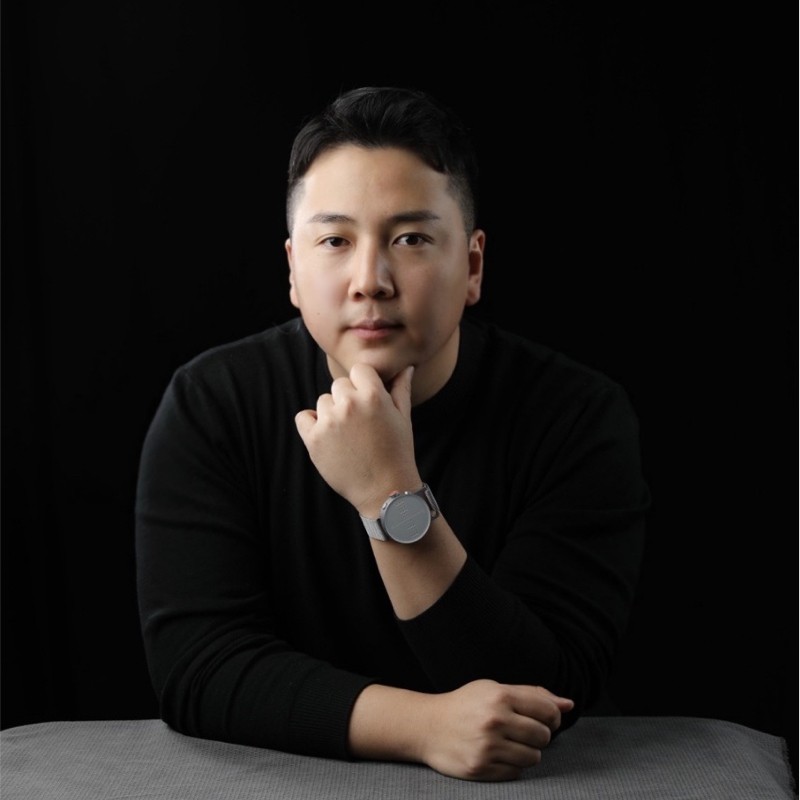This week in our Startup Spotlight blog series is our 2021 XTC co-Grand Winner – DOT Inc.!
A tactile tablet and other wonders.


Six Questions for Eric Ju Yun Kim, CEO and Founder, DOT Inc. of Korea
Eric was always fascinated by technology and the whole culture of silicon valley while growing up in Korea. After high school, he attended the University of Washington and was active in the Lavin Entrepreneurship Program and Founders Institute and worked on 2 social/commerce ventures out of Startup Hall at UW. While in Seattle, he was inspired, partially through his church work, to apply his tech entrepreneurship to help visually impaired and disabled people live more independent lives through innovative hardware and software. So, he returned to Korea to found Dot, Inc. to invent that better solution.
1. What problem is DOT solving and how?
So far, the only digitally refresh-able “display” for the nearly 40 million blind people in the world is a small item like a pencil box that refreshes one line at a time, like a ticker display on a building. It is expensive and slow and the design has not fundamentally changed in 30 years. DOT is able to produce a dot-matrix array that acts like a tablet computer that can not only display whole paragraphs of braille but also graphs, graphics and other line illustrations that blind people are quite capable of feeling and understanding. This is enabling a whole range of form factors – displays, kiosks, wearables, that ultimately make our environment much more accessible to the vision impaired.
2. What is your background that led you to founding DOT?
Well, I grew up in Korea and was just obsessed with Silicon Valley and American tech innovation, so I geeked out alot in school and then begged my parents to send me to an American tech school, which ended up being the University of Washington. But when I got there, my studies lagged because I was immediately captivated by the startup scene which had become quite active in Seattle. I actually worked on one of the countless copies of the Uber app in the early 2010s, but it left me feeling empty, the world did not need it and it didn’t feel like “tech for good”.
Then through my dorm and church, I met some blind people and encountered a braille Bible which is simply massive and gets lugged around the country to be shared one church at a time. That was when I decided that my entrepreneurial calling would be to make it far easier for my visually impaired brethren to read God’s word, and alot of other writing as well. When I returned to Korea, I dedicated myself to figuring out “a better way”. It was a long and difficult journey, with a lot of learn-by-doing, and failing, but now we can really bring blind people into the real-time online world of the 2020s.
3. What is unique about your technology and what is the validation status?
The trick is the pistons that pop up and down to raise the dots that the braille reader feels. The original digital braille reader (one version of which was developed [before I was born] at the University of Washington) uses MEMS flippers, much like the micromirrors in digital projectors. They are expensive and slow.
So we had to investigate and develop an entirely new format that turned out to be based on magnetoelectric reactions. Each dot is a tiny piston going through a micro-scale O-ring that is magnetized and by switching the polarity, you move the piston up or down.
We struggled for years to refine the process and very nearly ran dry, when, to summarize, we got the idea to make a simple watch with braille numbers with small batches of the magneto pistons. Even that did not really go anywhere for awhile until I happened to be giving a talk in Japan which happened to be covered by a journalist from the BBC who happened to post the story worldwide and suddenly we were flooded with enough orders to keep our venture afloat.
Later I applied to a European Union tech challenge where our design came in 2nd (because the winner had to be European). And again, there happened to be someone attending from a tech conference in the USA, to which I got invited and at that conference there happened to be someone from one of our major target markets, who we met and turned into the first big order for our technology.
And then we engaged with a metropolitan transit system in Korea who wanted to install information kiosks for disabled passengers and we were able to run a pilot of our ‘display’ there. So, step by step we accumulated these validations which, in turn, led us to eventually win the Extreme Tech Challenge in 2021.
4. What are your Go-To-Market ideas and traction received so far?
So, our primary GTM is B2B and B2G. We have multiple government pilot projects around the world, in addition to a wider roll-out of the kiosk network in Korea’s 2nd largest city Busan. Also, a _critical_ element and leverage is our software and operating system for supporting tactile UIs,so we also are pursuing commercial opportunities on the software side.
5. What’s next?
Well, we just closed a $12M Series B financing with 3 major Korean funds, and we just received the 2023 CES Best of Innovation Award for Accessibility, so we are going to be quite busy this coming year executing on all our pilots and scaling up production of the smart tactile graphics display.
6. Tell us about your experience with XTC and what were the benefits/takeaways?
We were a repeat applicant. We applied in 2020 and got through a few rounds but not to the Finals. But we tried again and rose to the top. It gave us alot of validation with investors and customers. Perhaps the biggest networking win was this. Some operative in the Korean Ministry of Commerce saw online that we had just won XTC in July of 2021. The President of Korea had a new initiative to boost entrepreneurial innovation and was holding an all-day “command performance” of technologists and investors at the Presidential Residence, The Blue House. That Ministry operative fed the publicity about our XTC win up the chain of command and in short order, I was invited to present DOT in a 10 minute pitch to the main audience with President Moon Jae-in seated right in front. It was a tremendous honor and privilege and gave us huge exposure in Korea and helped boost our global reputation. And that would not have happened without the prestige of XTC, which was co-founded by the then-co-President of Samsung Electronics and a major venture investor Young Sohn, and which held its first regional competition at the Mae Kyung World Knowledge Forum in 2019. Since the win, we have had a number of XTC’s investor community stay in touch with us. So, XTC was certainly a top-shelf ecosystem to join.
Interviewed and edited by John Martin